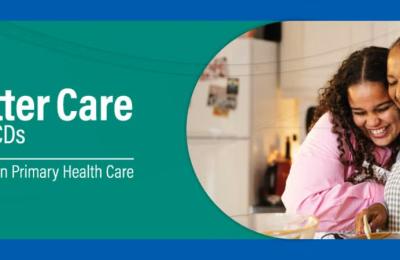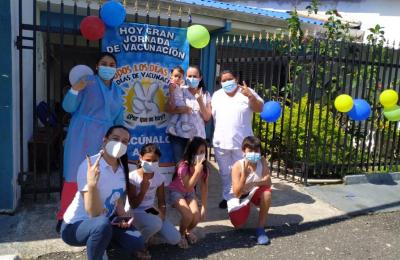Barriers to access to health services for women and children in Latin America
Objective
Determine whether an association exists between access barriers reported by women aged 15–49 years and the use of essential health services for women and children in Latin America.
Method
Cross-sectional study using multivariate logistic regression models based on the demographic and health surveys of Bolivia, the Dominican Republic, Guatemala, Guyana, Haiti, Honduras, Nicaragua, and Peru.












